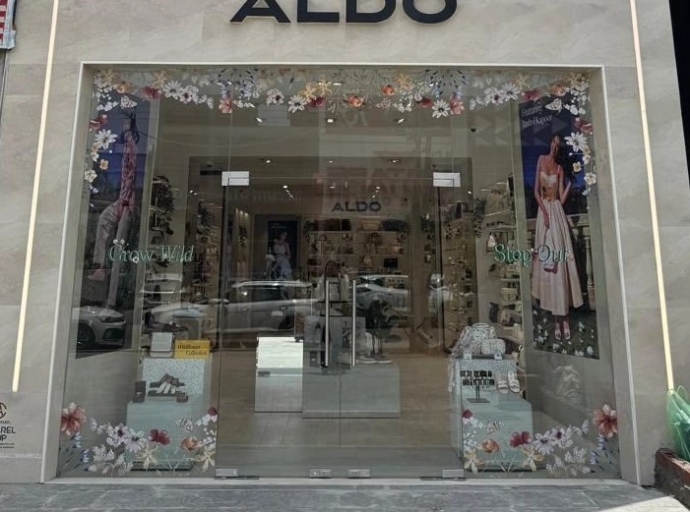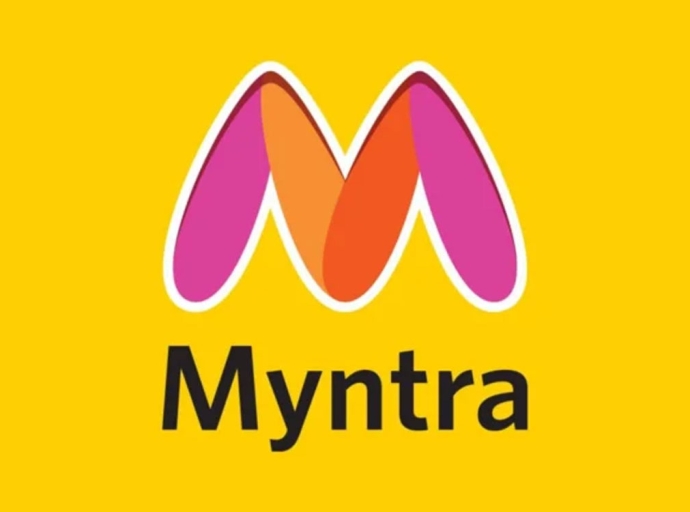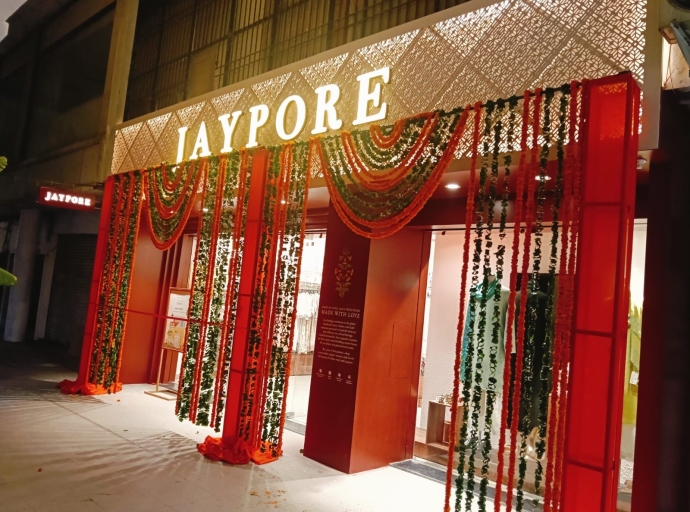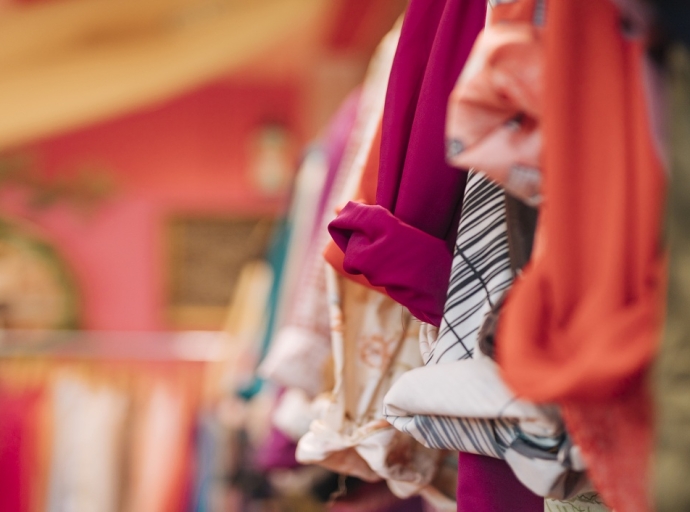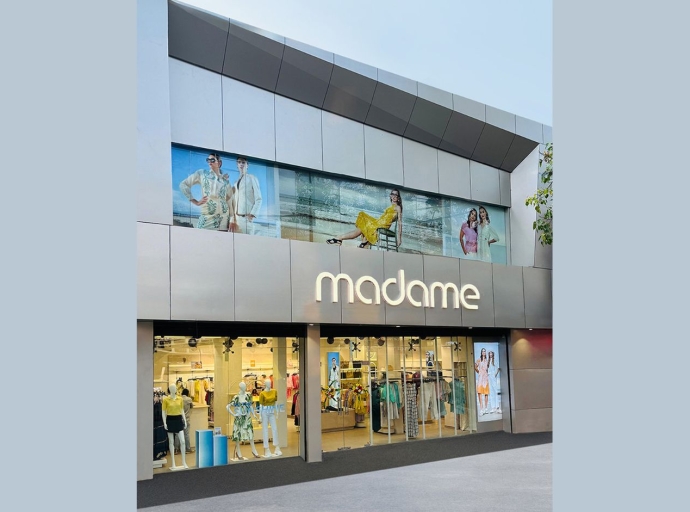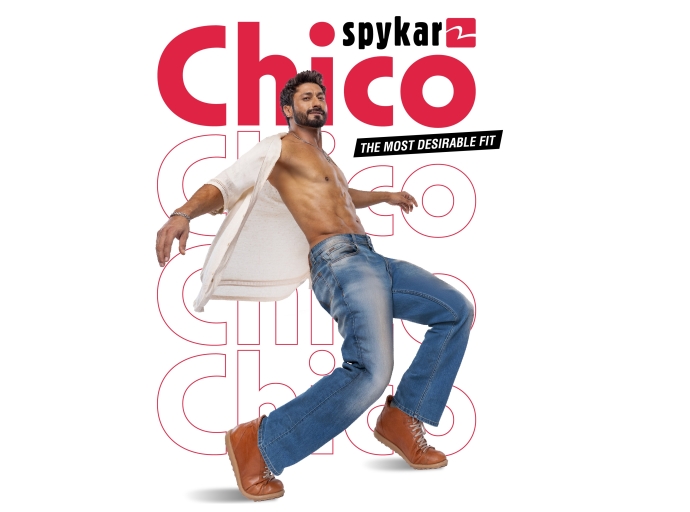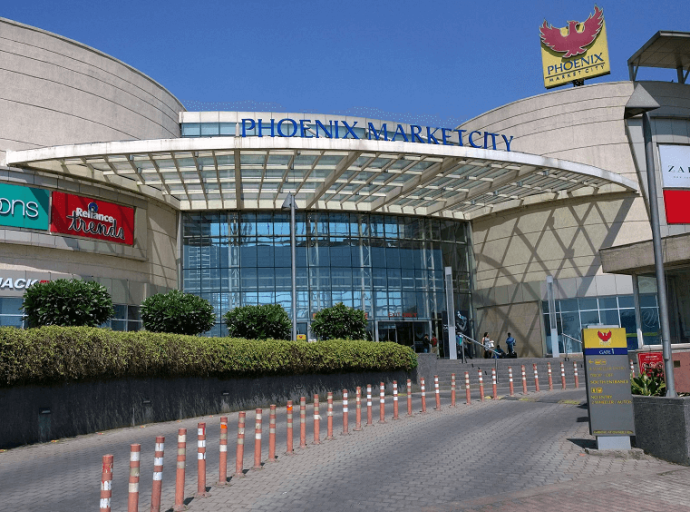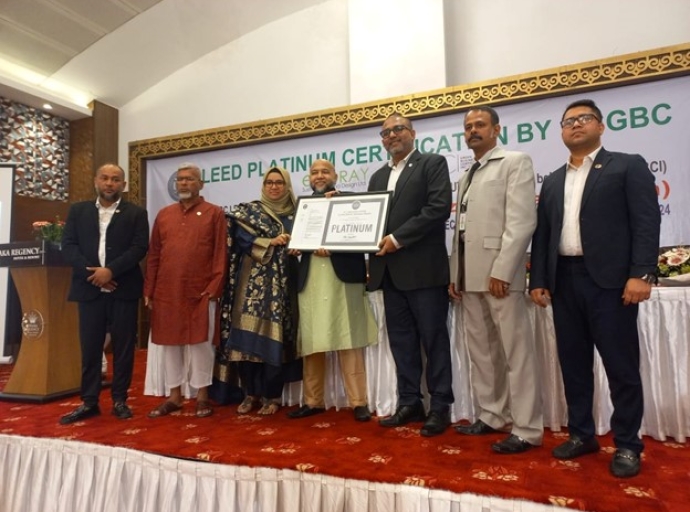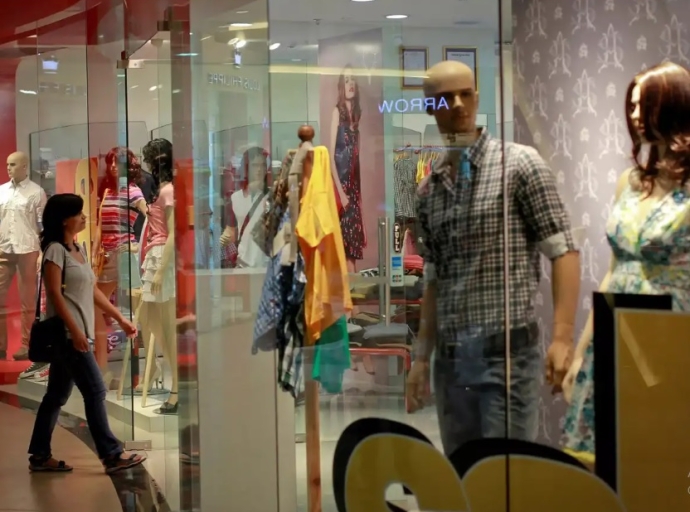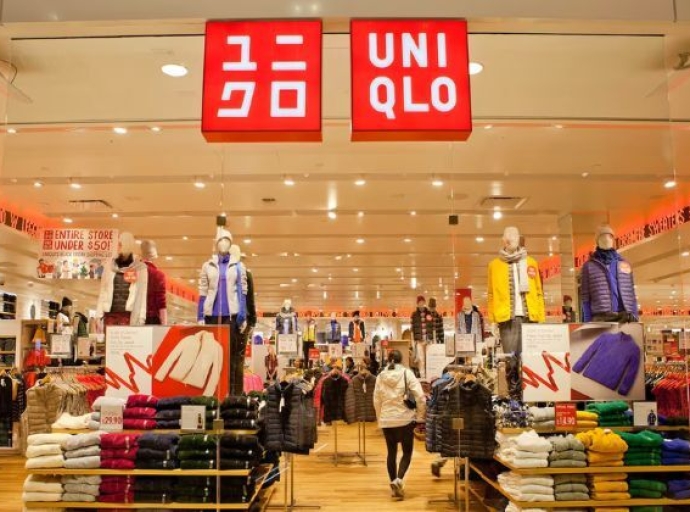29 May, Mumbai 2025
Spending in India is changing and how. More and more people are now putting in their money, in services like transport and health over traditional purchases such as clothing and footwear.
This shift is highlighted in the latest National Account Statistics released by the Ministry of Statistics and Programme Implementation (MoSPI). The report gives an insight into consumer behavior over the decade leading up to 2023-24.
DFU Profile
Private Final Consumption Expenditure (PFCE), which measures the total spending by households on goods and services, provides insights into economic trends and consumer preferences.
As per the MoSPI data, overall PFCE in India showed good growth, increasing at an average annual rate of 5.9 per cent over the last decade, reaching Rs 99.1 trillion in the financial year 2023-24. However, the story within this growth is one of considerable reshuffling in spending priorities.
Wardrobe spending shrinks, services increase
One of the most notable changes is the dipping household budget towards clothes and footwear. The share of this category in total consumer expenditure has fallen from 6.7 per cent in 2013-14 to 4.6 per cent in 2023-24, a drop of 2.1 percentage points.
This indicates that while people are spending more overall, apparel and footwear is taking up a smaller fraction of their increased expenditure.
Fashion Guru
Table: Share in private final consumption expenditure (India, %)
|
Category
|
2013-14
|
2023-24
|
Change (percentage points)
|
|
Food & non-alcoholic beverages
|
30.5
|
26.4
|
-4.1
|
|
Clothing and footwear
|
6.7
|
4.6
|
-2.1
|
|
Housing, water, electricity, gas*
|
16.2
|
12.9
|
-3.3
|
|
Transport
|
14.3
|
18.9
|
+4.6
|
|
Health
|
3.9
|
5.2
|
+1.3
|
|
Education
|
3.7
|
4.4
|
+0.7
|
|
Communication
|
2.2
|
2.9
|
+0.7
|
|
Misc goods and services
|
13.7
|
15.9
|
+2.2
|
|
Restaurants, hotels
|
2.2
|
2.7
|
+0.5
|
|
Furnishing, equipment, household maintenance
|
3.3
|
3.6
|
+0.3
|
|
Alcobev, tobacco & narcotics
|
2.3
|
1.8
|
-0.5
|
|
Recreation and culture
|
1
|
0.8
|
-0.2
|
Note: Based on data from the National Account Statistics, MoSPI.
Join our group
The decline in the share of spending on items like clothing and even food (which dropped from 30.5 per cent to 26.4 per cent) has been accompanied by a marked increase in the share of services. The share of transport expenditure grew from 14.3 per cent to 18.9 per cent, reflecting increased mobility and related costs. Spending on health care has gone up from 3.9 per cent to 5.2 per cent of total expenditure, growing at a faster pace than many essential items. Communication services also rose from 2.2 per cent to 2.9 per cent.
This redistribution suggests that as incomes grow, consumers are allocating more of their budgets towards services that enhance lifestyle, connectivity, and well-being.
Join our community
Spending pace across categories
Further insights emerge from the average annual growth rates of different PFCE components in India, calculated at constant (2011-12) prices to adjust for inflation. This data underscores the slowdown in the expansion of spending on clothing and footwear compared to other sectors.
Clothing and footwear registered an average annual growth rate of just 1.9 per cent over the decade in India. This is significantly lower than the overall PFCE growth of 5.9 per cent and lags behind many other categories.
Visit for more
Table: Average annual growth rate of PFCE components (at constant 2011-12 prices)
|
Category
|
Average annual growth rate (%)
|
|
Furnishing, equipment, household maintenance
|
6.6
|
|
PFCE (Overall)
|
5.9
|
|
Recreation & culture
|
4.4
|
|
Food and non-alcobev
|
4.4
|
|
Housing, water, electricity, gas**
|
3.5
|
|
Alcobev, tobacco and narcotics
|
3.4
|
|
Clothing and footwear
|
1.9
|
Source: MoSPI, ET calculations. (Includes other fuels)
The highest growth in India was seen in ‘Furnishing, equipment, household maintenance’ (6.6 per cent), indicating a strong focus on home improvement. The relatively sluggish growth in clothing and footwear spending, therefore, is not just about a shrinking share but also a slower pace of increase in actual expenditure compared to the broader consumption basket.
Global spending patterns on clothing & footwear
The trend observed in India, where clothing and footwear command a lower share of household expenditure, is not an isolated phenomenon. Many countries, particularly developed economies, have seen similar shifts over recent decades.
A look at the data from the Organisation for Economic Co-operation and Development (OECD) and Eurostat too have shown that the proportion of household budgets spent on clothing and footwear in many EU countries has either declined or stabilized at relatively low levels. For example, Eurostat data shows, the share of household expenditure on clothing and footwear in the EU averaged around 4-5 per cent in recent years, having seen a gradual decline from higher percentages in previous decades. Similarly, in the US, data from the Bureau of Labor Statistics has shown a similar long-term trend of a declining share for apparel expenditures.
Visit for more
Table: Spending comparison clothing, footwear India & the world
|
Region/Country
|
Approx recent share
|
Trend in last two decades
|
|
India
|
4.6% (as of 2023-24)
|
Declining
|
|
EU (Avg.)
|
~4.5% (e.g. 2022)
|
Gradual Decline / Stabilisation
|
|
US
|
~2.5-3% (e.g. 2022)
|
Long-term Decline
|
Source: MoSPI (India), illustrative figures based on Eurostat, U.S. Bureau of Labor Statistics trends for EU/US. Actual figures vary by year and specific country.
In fact, across many European countries, the pattern has been consistent. While absolute spending on clothing might have fluctuated or even risen modestly with economic growth, its proportion within the total consumer basket has shrunk.
This is often attributed to factors such as the rise of global "fast fashion" brands offering cheaper garments, increased consumer spending on durable goods, technology, health, and particularly services like travel, leisure, and communication. Market saturation for clothing in wealthier nations also plays a role. This long-term evolution provides a broader context for the changes currently unfolding more rapidly in emerging economies like India.
DFU Profile
The evolving Indian consumer
The combined data clearly shows Indian consumers are evolving, with patterns that are beginning to mirror some global long-term trends, albeit at a different stage of economic development. The shift away from basic necessities and traditional discretionary spending like clothing is apparent.
There could be several reasons for this change in India. Rising incomes could be one reason leading to a smaller proportion of income spent on essentials and a greater capacity for diverse spending. Also, increased health and wellness awareness could be prompting higher expenditure on healthcare services and related products.
Digital penetration, too, is boosting spending on communication and enabling more informed, value-driven purchases, including in apparel, where online shopping and price comparison are prevalent.
Also there is a remarkable growth of experiential spending, where consumers, particularly younger demographics, prioritize experiences (travel, dining out, entertainment) over accumulating material goods.
The Indian apparel market is characterized by both a growing aspirational segment and a vast value-seeking segment. The impact of fast fashion, e-commerce, and discount culture may influence spending patterns, potentially leading to lower average spend per item for some, even if volumes increase.
Recent trends update
Against the backdrop of the longer-term shifts detailed above, some very recent indicators from early 2025 suggest a potential positive turn for the clothing and footwear sector. As per the Retailers Association of India (RAI), consumer spending in footwear and textiles reportedly increased post-April 2025.
This follows earlier data for March 2025, where overall retail sales in India grew by 6 percent. Specifically, apparel sales saw a 6 percent year-on-year increase in March 2025, while footwear showed a 2 per cent year-on-year rise.
Furthermore, merchandise exports, which include ready-made garment textiles, also registered positive growth in April 2025. While these figures are more recent, they offer a fresh data point. Experts will be watching these developments closely to determine if they signal a sustained recovery and renewed growth in these segments or reflect short-term fluctuations.
LATEST FASHION NEWS

